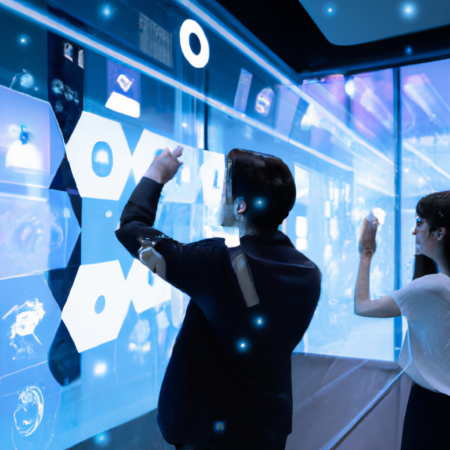Harnessing the Power of Personalization: Strategies for Marketing Growth in 2025
As we advance into the second quarter of 2025, the dynamic landscape of digital marketing continues to evolve, with personalization at the forefront of strategic growth. Businesses are increasingly leveraging advanced data analytics and AI technologies to deliver personalized experiences that not only attract but also retain customers more effectively.
Understanding Personalization in Marketing
Personalization in marketing refers to the tailoring of messages, offers, and experiences directly to individual consumer preferences and behaviors. This approach contrasts sharply with traditional broad-spectrum strategies, aiming instead for a more precise engagement method.
Key Strategies for Implementing Personalization
- **Data-Driven Insights**: Utilize big data and predictive analytics to understand customer preferences and predict future behaviors.
- **Segmentation and Targeting**: Design marketing campaigns that cater to specific segments of your audience based on collected data.
- **Dynamic Content**: Employ AI-driven tools to create content that adapts in real-time based on user interactions.
- **Omnichannel Experience**: Ensure a seamless customer experience across all digital platforms, enhancing user engagement and loyalty.
The Impact of AI on Marketing Personalization
Artificial Intelligence (AI) plays a pivotal role in refining personalization strategies. AI algorithms can process vast amounts of data in real-time, enabling marketers to deliver more precise and impactful communications with minimal delay.
Real-World Applications
Leading companies are already implementing these strategies with significant success. For example, e-commerce giants are using personalized recommendations to increase average order values, while streaming services use viewing habits to tailor content suggestions.
As we look to the future, the integration of AI and personalization in marketing strategies is not just beneficial; it’s essential for staying competitive in a rapidly changing digital environment.






